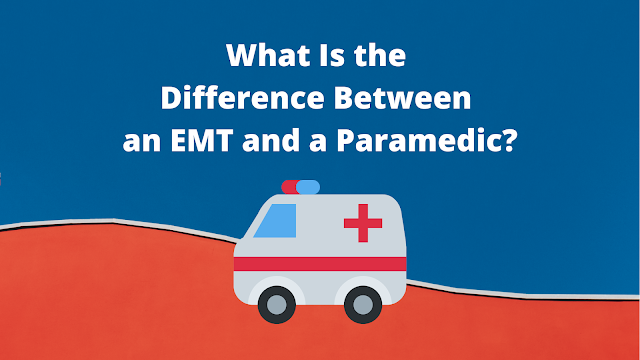Emergency medical technicians and paramedics are both professionals who provide medical care to people at the scene of an emergency. Once the patients are stable enough to travel, paramedics and EMTs can then transport them in an ambulance to the hospital for further care. The job duties of a paramedic and an EMT can seem very similar, so much so that many people use the two terms interchangeably.
While the duties are indeed similar, EMTs and paramedics are not the same thing. Though requiring rigorous training and licensing by the state, emergency medical technician is considered an entry-level position. Paramedics start out as EMTs but go on to receive more advanced training. As a result, they can do more for patients than EMTs can.
Education
The first step to becoming either an EMT or a paramedic is to take a Texas EMT course or other approved training program. This program involves a mix of hands-on training and lectures and takes approximately 120-150 hours, or approximately three months, to complete.
The basic skills taught in EMT courses are necessary for paramedics to learn as well. They provide the foundation upon which further training builds. However, becoming a paramedic requires significantly more education, taking 1,200 to 1,800 hours to complete. Depending on the program, it can take between six months to a year to complete the education required to become a paramedic.
Scope of Practice
EMT training involves learning skills such as providing patients oxygen, administering glucose to a diabetic who may have low blood sugar, performing cardiopulmonary resuscitation, and helping with allergy or asthma treatments. Generally speaking, an EMT cannot provide any treatment that involves injecting the patient with a needle or otherwise breaking the skin. There is an exception for auto-injector devices, however.
Paramedics learn and practice all the same skills that EMTs do. However, they also receive additional training that allows them to provide advanced airway management and inject patients with needles to start intravenous lines of medication.
Qualification
To qualify for EMT training, you do not need any prior medical training. However, you do need to meet applicable age requirements and certain prerequisites, both of which may vary by state. Before you can enter a program to become a paramedic, you not only need training as an EMT but work experience in the field. The length of work experience required can also vary, but you can expect to perform EMT duties for at least six months before you can start training to become a paramedic.






